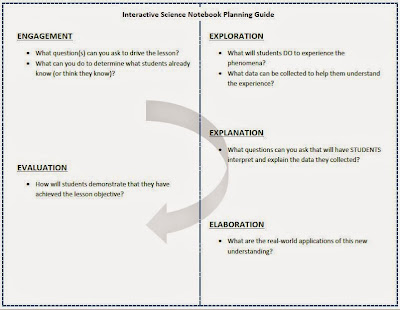I missed my monthly update so I guess I will have to do two
in October. I wanted to talk about some
new attributes to my curriculum that have really altered how teachers and
students engage in answering the age old question “Where am I?”. I touched on this idea in July when I discussed "I can" statements.
Once we have the “I can” statements established, they are
then used to form a proficiency table. These table have filled an important void that existed in my previous curriculum. We have always offered pre and post assessments to teachers. Ostensibly, the resulting data was to assist teachers in differentiating the curriculum. However, it quickly became apparent that most teachers did not have a clear view of how to make that happen. The proficiency tables are a way to fill in that blank.
Shown below is an example for grade 3 :
Shown below is an example for grade 3 :
LEVEL
|
DESCRIPTION
BASED ON
PRE-ASSESSMENT
RESULTS
|
UNIT
SPECIFIC
STUDENT
EXPECTATIONS
|
SUGGESTED
CURRICULAR
PATH
|
4
|
Pre-assessment data which
indicates students master prior knowledge/processes and current
content/process (via performance) are level 4.
|
I can:
|
Students at this level
build their own structure from scratch
to withstand an additional weather-related hazard such as wind from a
hurricane and/or blizzard. They are given the parts to build the structure
and may also bring parts from home to build the structure within the
construction parameters.
|
3
|
Pre-assessment data which
indicates students master prior knowledge/processes and on grade level
content are level 3.
|
I can:
|
Students at this level should be
given more time to conduct the investigations. The teacher
should spend less time modeling the investigation. Students can
also be given more time to design, build, and refine their structural
designs.
|
2
|
Pre-assessment data which
indicates students have mastered the prior content but does not demonstrate
understanding of on grade level content and processes are a level 2
|
I can:
|
Students are ready for grade level
appropriate content and processes with modifications as needed.
|
1
|
Pre-assessment data which
indicates students who do not understand the prior content are a level 1.
|
I can:
|
Students at this level should be
given the opportunity to access digital data from the weather unit from
kindergarten to build background knowledge about weather, climate, and visual
data representations.
|
Here is the new problem that has developed. While we are finally able to determine student levels of mastery after pre-assessment, the problem is "then what".
To be specific, imagine a classroom where you have students spread across all four proficiency levels. Three students do not have the prior knowledge necessary to engage with the grade level content (Level 1). There is one student who spent a summer at meteorology camp and is past level four. Fifteen students are ready for the curriculum as is (level 2) and the remaining nine pretty much know the content (level 3) and just need time to work on their prediction skills. That's a class of 29 if you are keeping count. What do multiple needs groups look like in science? It is very different than reading where we litterally have moving parts. If we are working towards a personalized learning environment for students, we need to develop strategies for teachers to manage it. Anyone have ideas or good references for what this might look like in the elementary classroom?
As always, keep the comments and questions coming. We are in this together.




